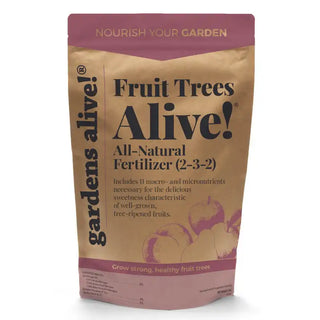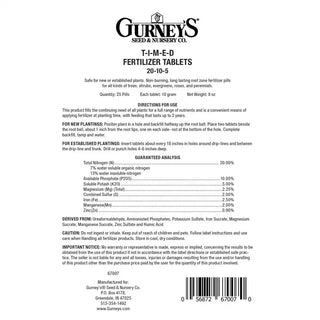Gurney's has supplied generations of gardeners will top-quality fruit trees. We select types of pear trees that are tops in flavor and garden performance, and we offer pear trees for sale that are the best varieties for home gardeners. Choose from both European and Asian pear trees for sale in standard and semi-dwarf sizes. Before shipping, we inspect the pear trees so that you receive top-quality trees.
Pear Trees for Sale by Gurney's
"What's the difference between an Asian pear and a European pear?
Asian pears, sometimes called apple pears, differ from European pears in shape, texture and ripening times. Asian pears are round and apple-shaped, rather than pear-shaped, and have a crisp texture. Also, Asian pears can be eaten immediately after harvest, whereas European pears are harvested before they ripen. Gurney's offers both Asian and European pear trees in standard and semi-dwarf sizes."
Types of Pear Trees: Choosing the Right Pear Trees
When selecting pear trees for the home orchard, first consider the types of pear trees you'd like to grow. The two main types are Asian pears and European pears. Asian pears, sometimes called apple pears, differ from European-type pears in shape, texture, and ripening times. Asian pears are round and apple-shaped, rather than pear-shaped, and have a crisp texture. Also, Asian pears can be picked from the tree and eaten immediately. European pears are harvested from the tree before they ripen. To ripen a European pear, place it in a brown paper bag for a few days. When ripe, a European pear has a soft, juicy, melt-in-your-mouth texture. European pears, like the Bartlett Pear Tree, have the classic, pear shape.
Other factors to consider when selecting pear trees for sale are your grow zone and garden space. Some pear trees perform well in the North, while others are suitable for the South. If you have limited space, consider a semi dwarf pear tree. Not only do semi dwarf pear trees take up less space, they are easier to manage.
Getting Started with Pear Trees
Like other fruit trees, pear trees grow best in well-drained soil and in full sun (6 or more hours of direct sunlight daily). Most pear trees need another pear tree for the best pollination and fruit set.
When to Plant Pear Trees
Pear trees can be planted in the spring or the fall.
How to Plant Pear Trees
Dig a hole that is about twice the size of the root ball, place the tree in the hole and fill with dirt. The graft or bud union (swollen area on the trunk, about 4-6 in. above the roots), should be about 1-2 in. above the soil surface. Stake the tree, especially a semi-dwarf pear tree or Reachables pear tree. Also, place a protective barrier around the pear tree's trunk to protect it from nibbling rabbits.
How to Grow a Pear Tree from Seed
Pear trees grown from seed often don't produce true to type. If growing a pear from seed, store the seed in the refrigerator for four months and plant it in a pot. Visit our pear page to find out more about growing a pear tree from seed .
When to Prune Pear Trees
Pear trees should be pruned in early spring.
How to Prune Pear Trees
When pruning a pear tree, remove crossed or injured limbs and any branches which rub against each other. Don't cut short spurs from the main stem since these bear first fruit.
When to Harvest Pears
For European pears, harvest when the skin turns a lighter shade of green. The fruit should be picked at the mature stage, and then allowed to ripen indoors. Asian pears can be allowed to ripen on the tree. Depending on the pear tree type and your grow zone, pear trees usually ripen in late summer and fall. "To ripen a European pear, place it in a brown paper bag for a few days. When ripe, a European pear has a soft, juicy, melt-in-your-mouth texture."













